“On s’engage, on va le faire” – that is, “We’re in, we’ll do it”. The…
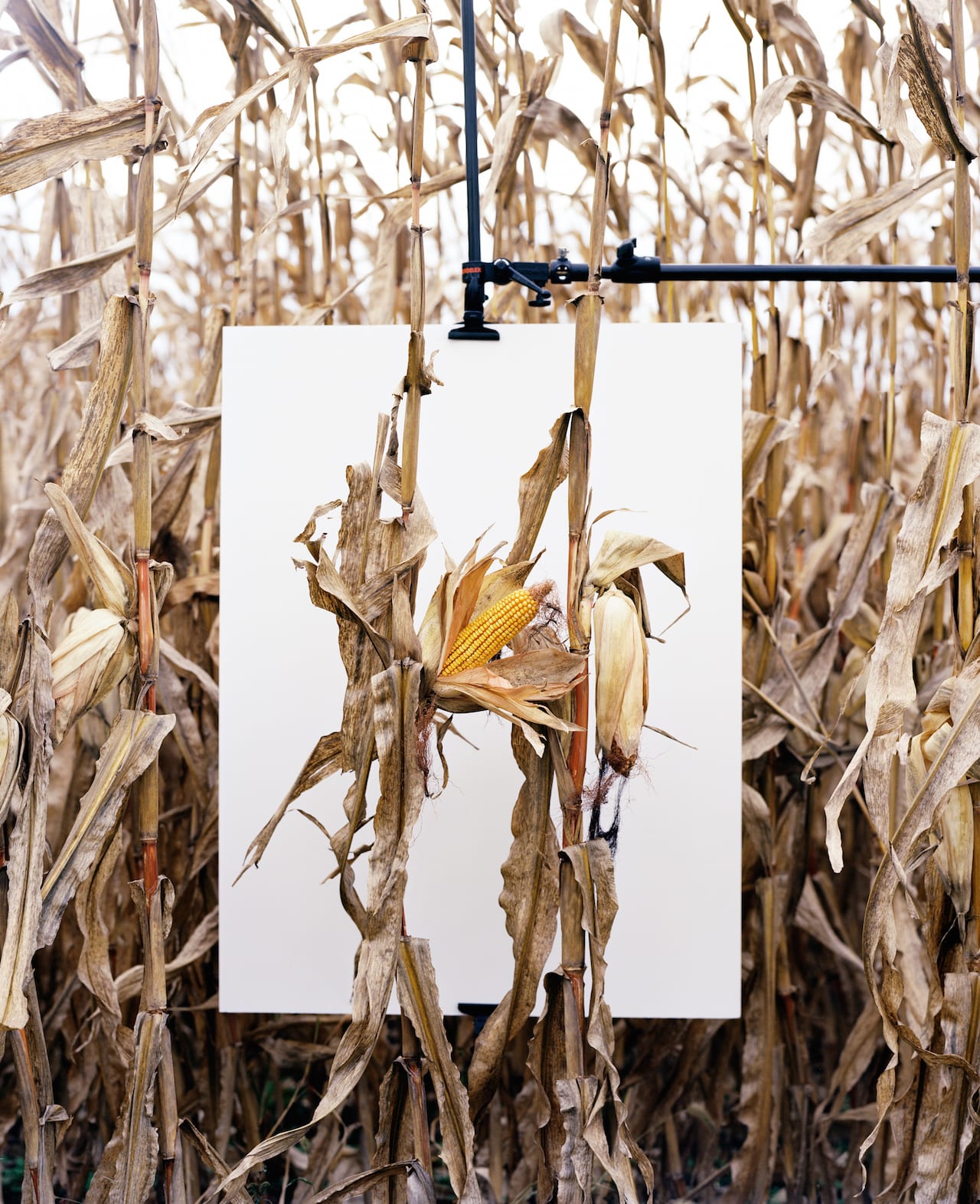
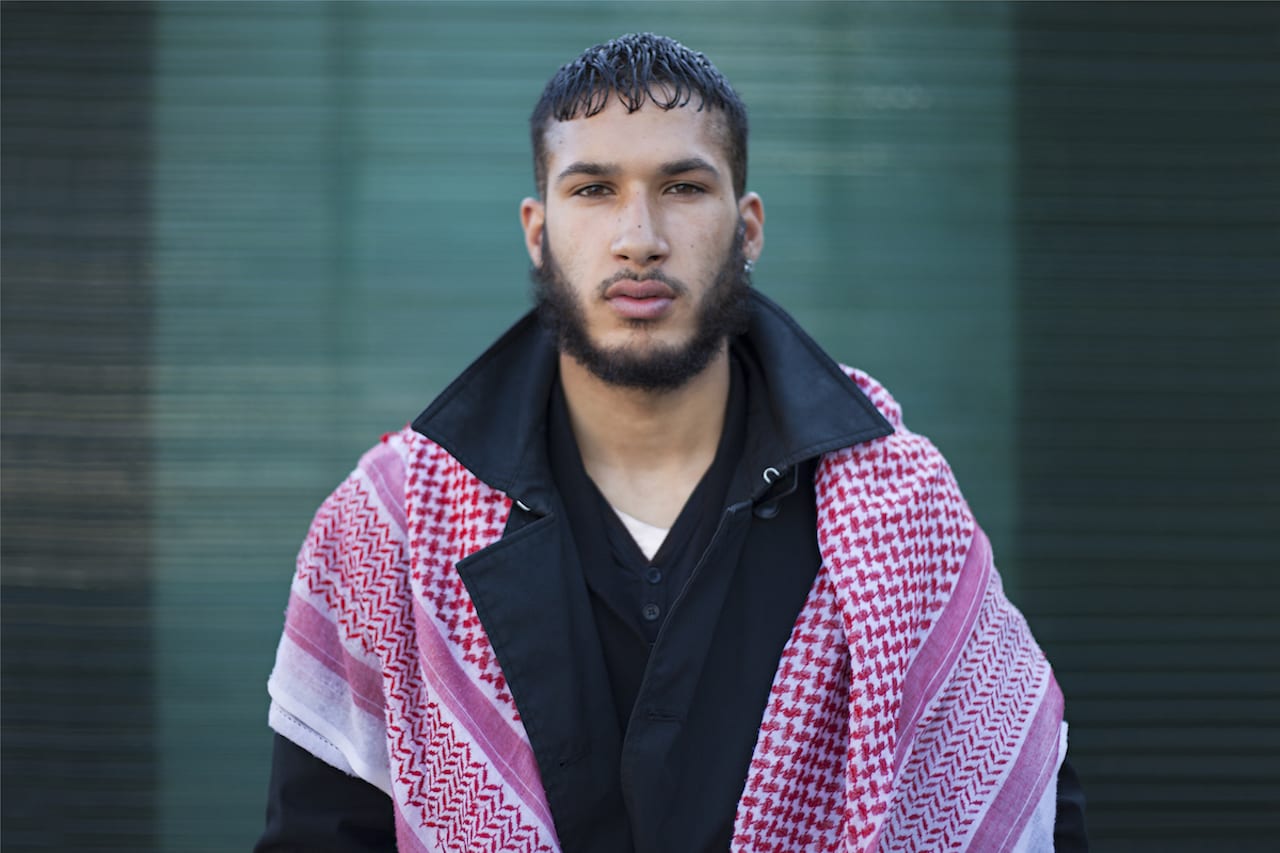
“When 9/11 happened, I was four, so obviously I didn’t really know what was going on. But in terms of now, of how Muslims are portrayed in the media, I think it’s a very one-sided story. We’re all terrorists, evil, who want to take over this country. I mean, thinking back now, I was only four, so all I’ve experienced is that this country hates me.” So says one of the sitters in Mahtab Hussain’s You Get Me?, a series of portraits shot over nine years in Birmingham, Nottingham and London. It shows young, working class, British Asian men, a group which has been negatively depicted in the media since 9/11 but which Hussain hopes to portray in a more nuanced way.
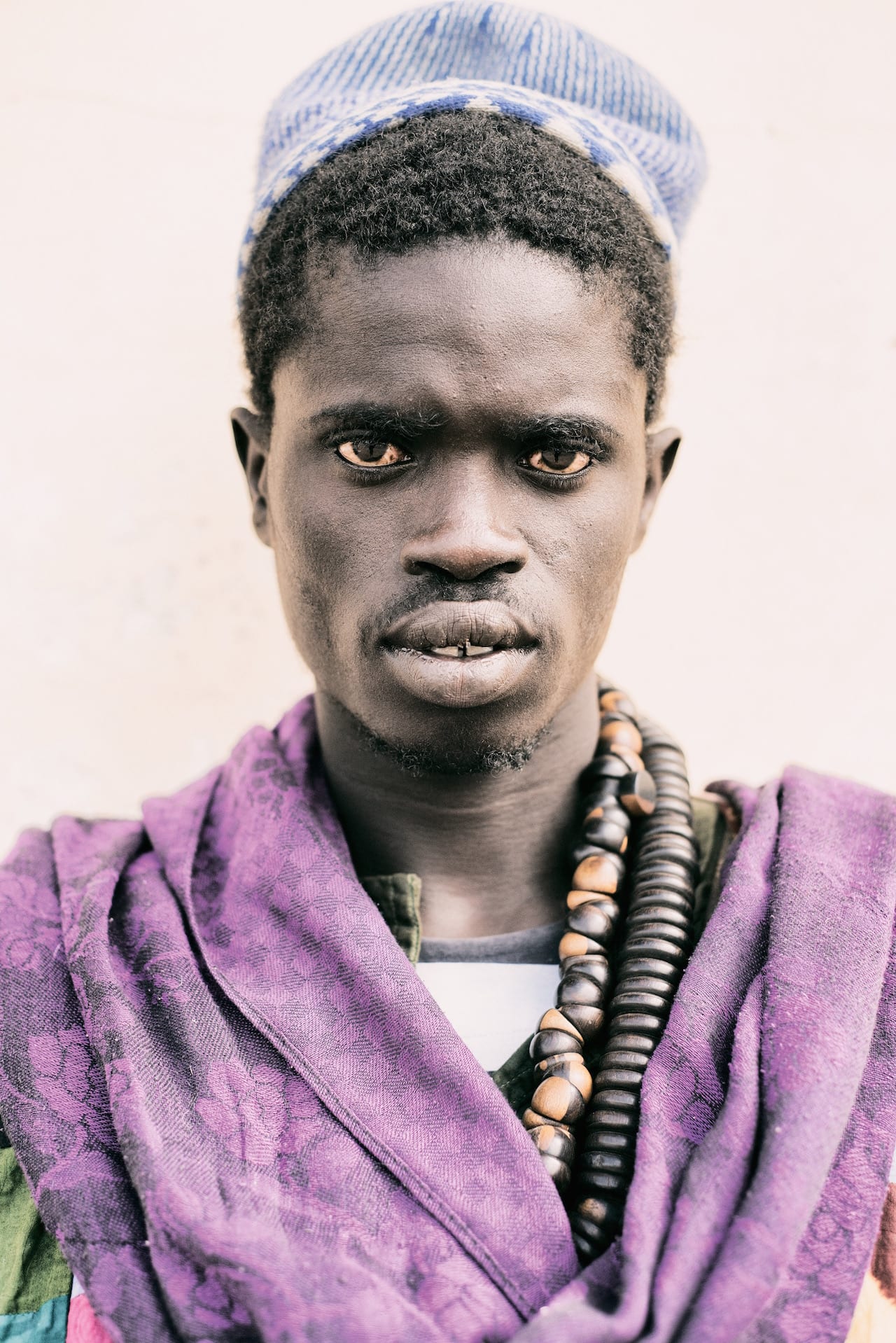
Born in 1983, Emmanuelle Andrianjafy grew up in Madagascar and worked as an engineer in France before moving to Dakar in 2011. Relocation to Senegal proved quite a shock. “It’s very energetic, very hectic, very loud,” she told BJP for the June Ones to Watch issue. “It’s very different to where I’ve lived before. It’s by the sea but it’s not peaceful; the landscape is harsh and dry. I was tempted to not deal with it and just stay at home.”
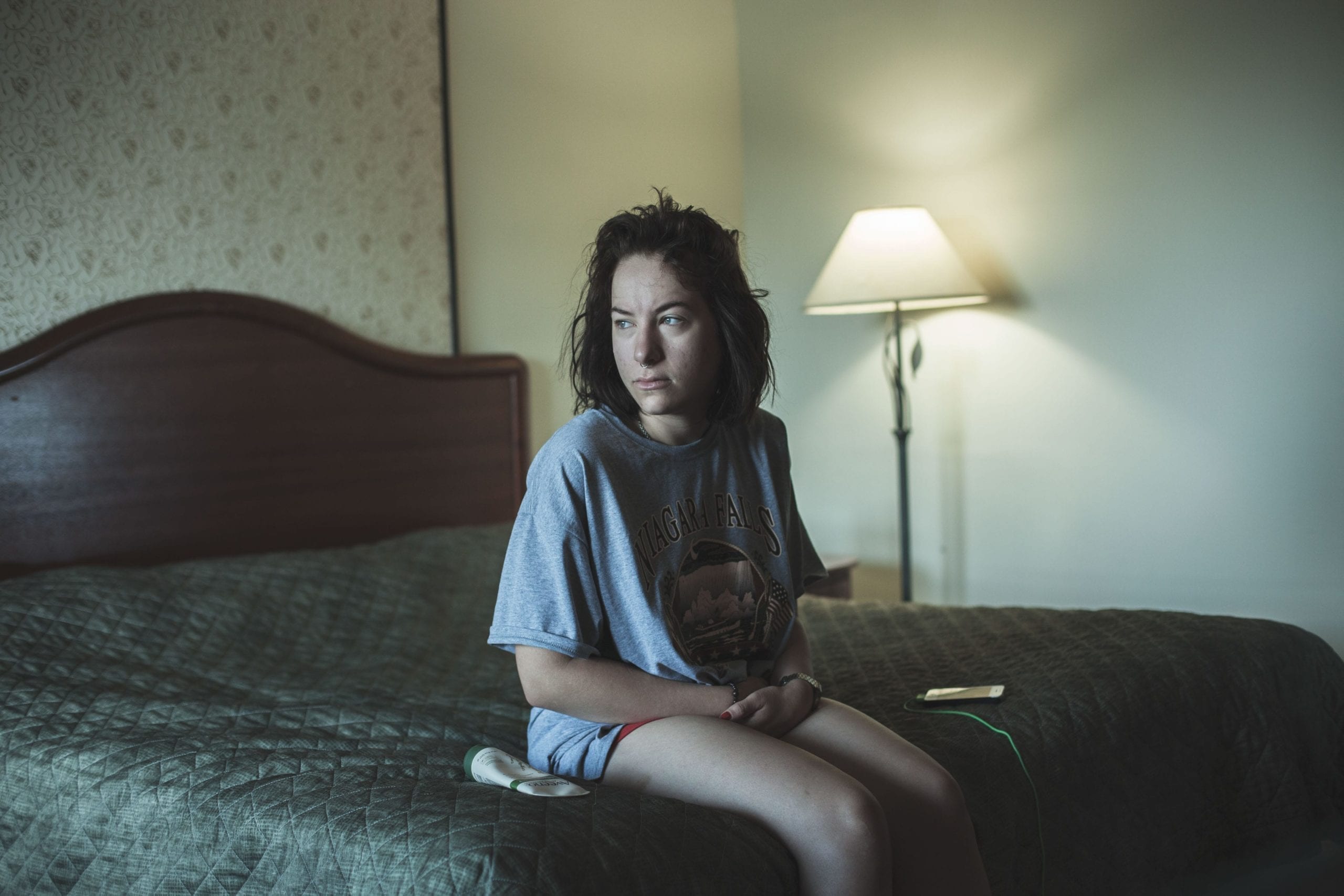
The judging of the first ever Send Anywhere Awards has come to a close. Find out who made the final shortlist.
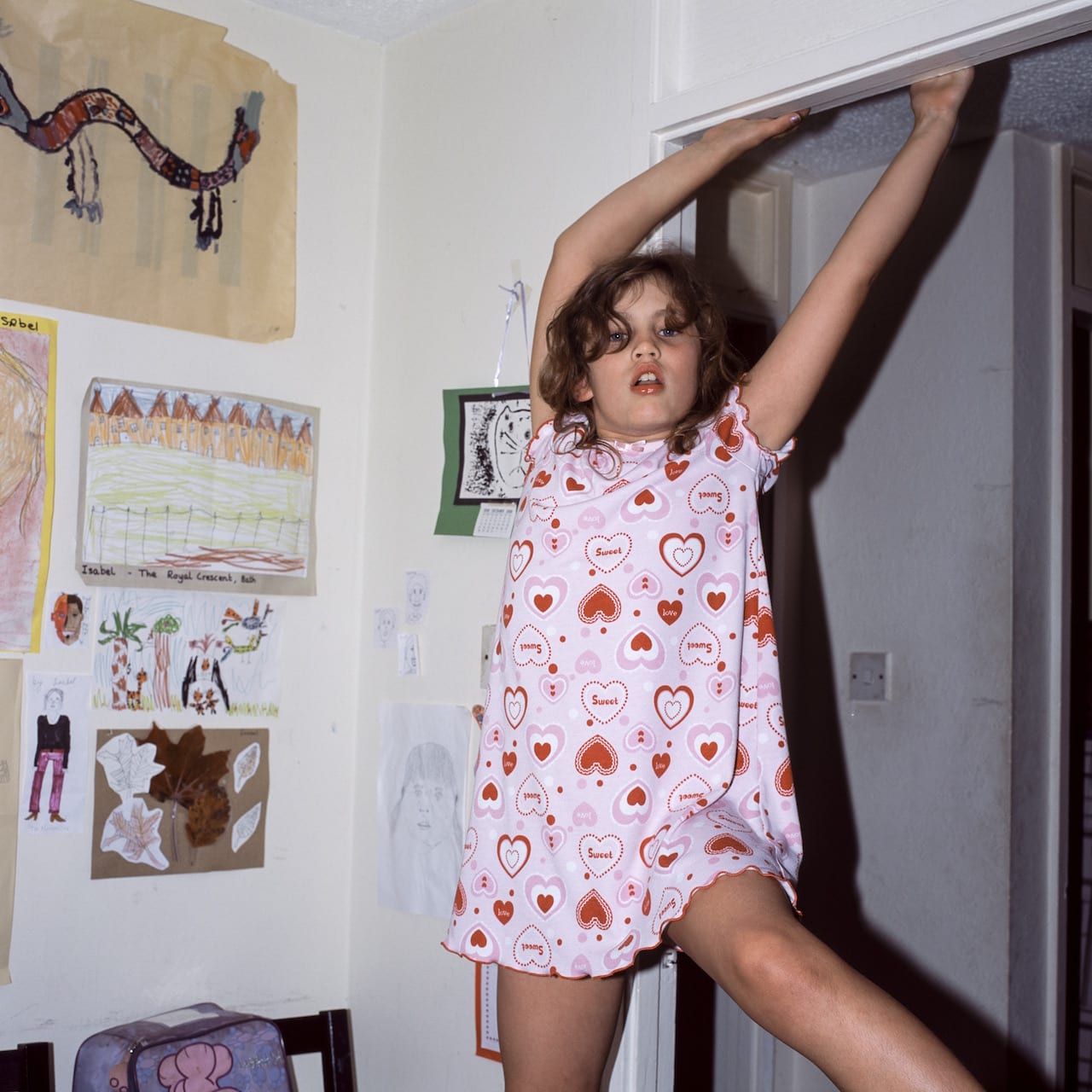
Colin Pantall began photographing his daughter, Isabel, in the delivery room moments after she was born. From then on, “it was just constant”, he says. Previously, the pictures he took were architectural, environmental, sometimes historical; but becoming a father re-oriented him entirely. The transition wasn’t effortless. In the early days his experience of fatherhood was spiked with feelings of claustrophobia and intense anxiety – fear of Isabel’s death, fear of his own. A sense that he could easily become obsolete.
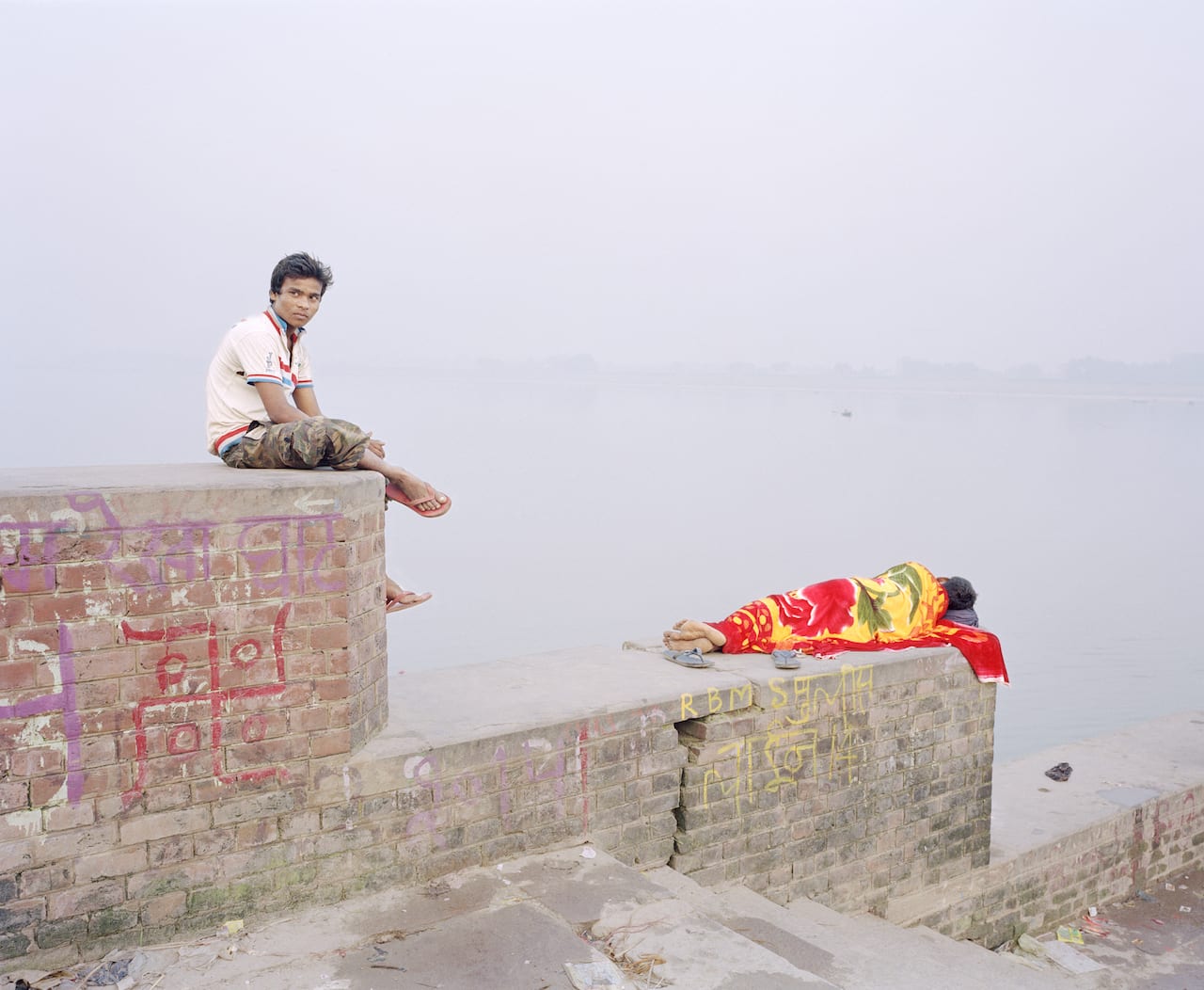
The last time we spoke to Vasantha Yogananthan he was preparing to release chapter one of his hugely ambitious seven-part project A Myth of Two Souls. A project that he started in 2013 with his first trip to India, the collection is a photographic re-imagining of one of the most significant Hindu texts, the epic poem Ramayana. Dating back to the 4th century, the Ramayana still holds tremendous significance in India, with its allegorical, mythical stories helping convey concepts such as love, duty, violence, loyalty and divinity. Yogananthan had always been familiar with the Ramayana growing up – his Sri Lankan father told him stories from it during his youth in Grenoble, France, and he picked up comic book adaptations of it as a teenager. But it was only when he visited India that he realised just how interwoven the analogies presented in Ramayana are with the experience of everyday life on the subcontinent, and just how thin the line can be between mythology and reality.
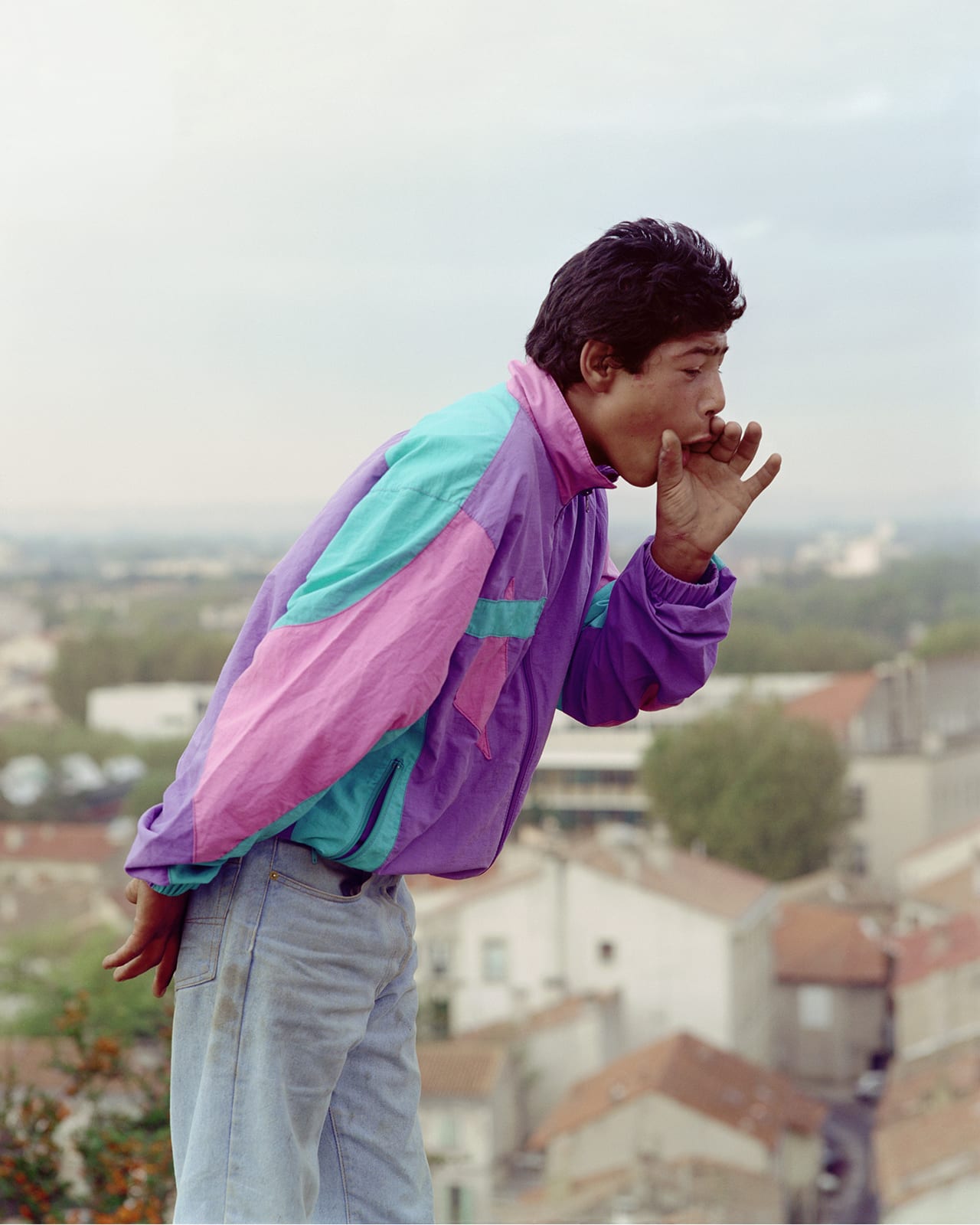
When approaching Mathieu Pernot’s 20-year-spanning work on a Roma family settled in southern France, you should leave all misconceptions and prejudices aside, as he did, and read the introduction to Les Gorgan, the photobook published by Editions Xavier Barral to accompany his critically-acclaimed exhibition at this year’s Rencontres d’Arles festival. When he began, the French photographer writes, he didn’t know anything about the Gorgan family, nor was he aware that its members had been living in France for over a century. It was to be a transformative experience, one that led Pernot to witness the birth of a child for the first time, attend funerals and engage in a type of intimacy that only time and surrender can offer.
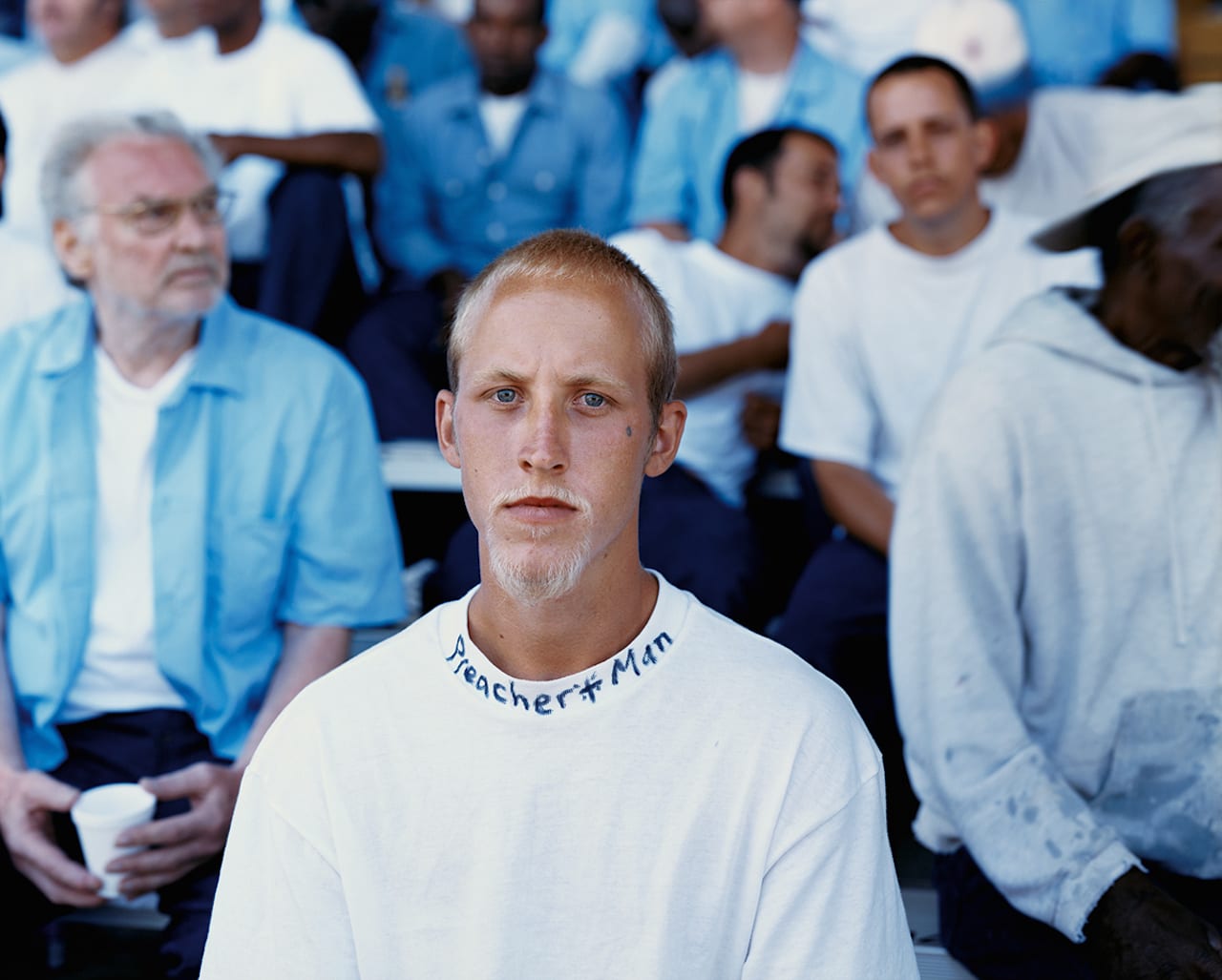
Sleeping by the Mississippi has been ranked with the great representations of the United States, including Walker Evans’ pictures of the depression, Robert Frank’s harsh vision of the 1950s and, more recently, the colour work of Joel Sternfeld. As Alec Soth’s seminal work goes on show in London and is given a handsome reprint by MACK, we revisit an interview with him from back in 2004 – when the series first came out.
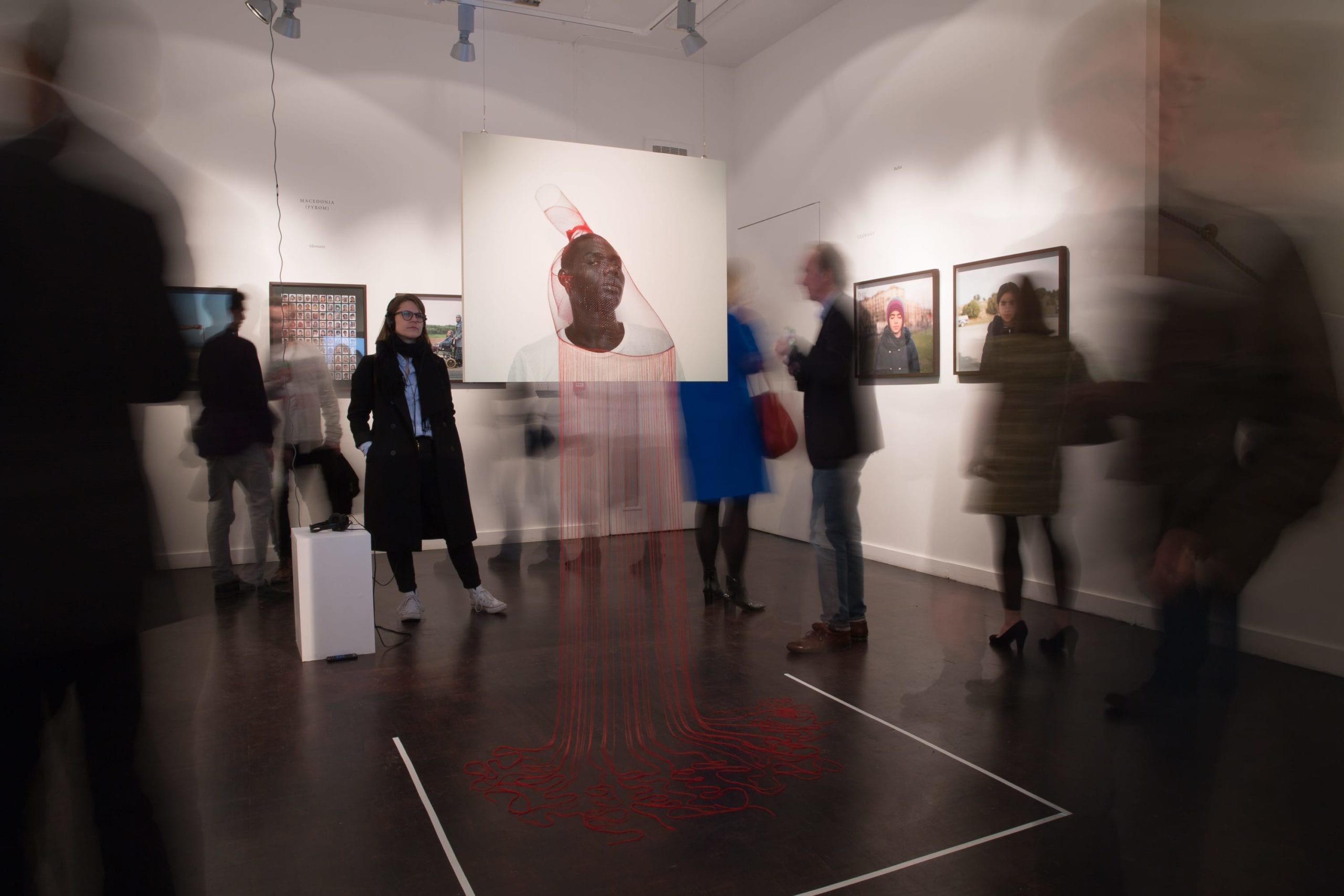
“I am always trying to challenge myself and develop new ways of exhibiting work that defy the trap of the exhibition shuffle.”
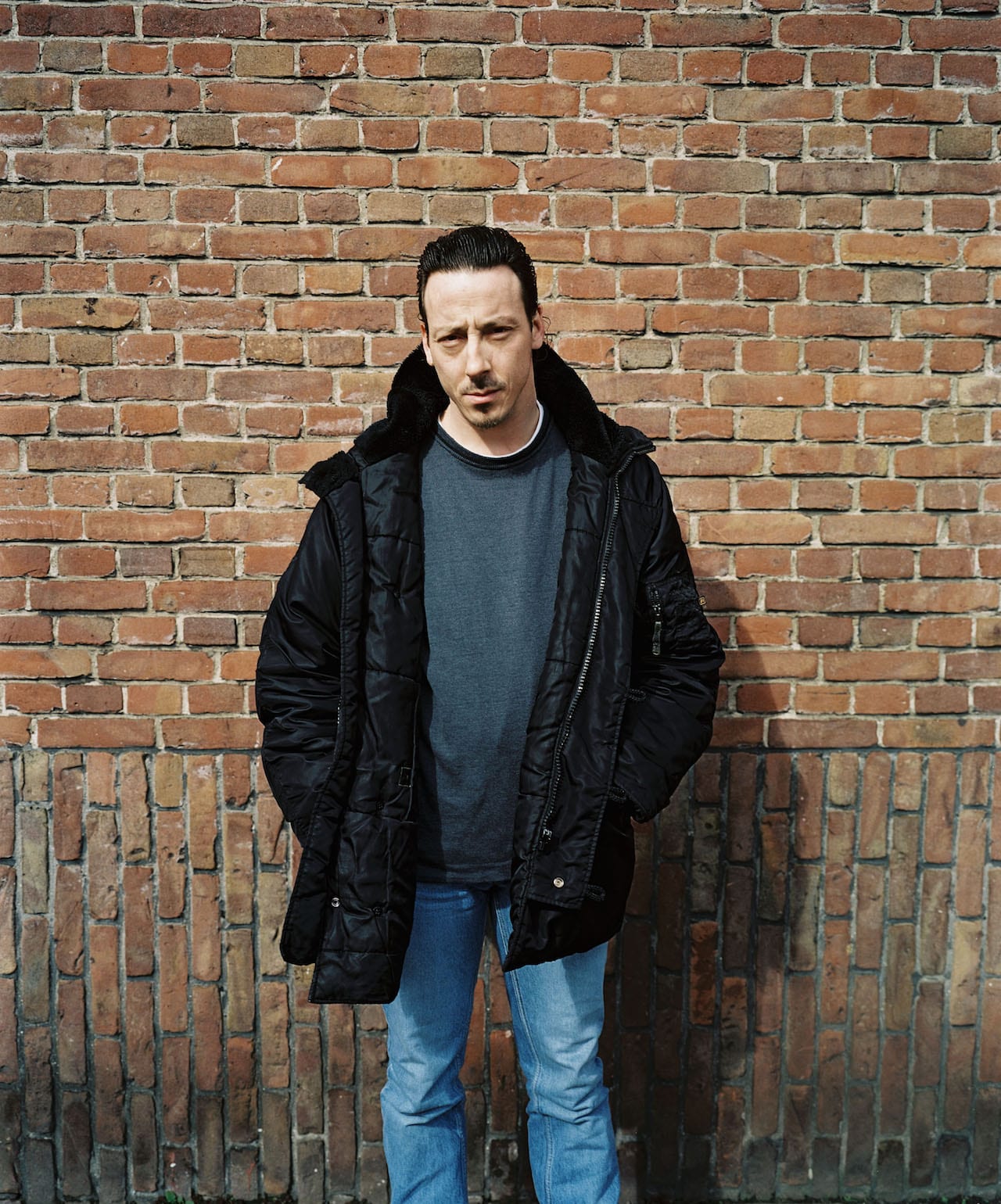
“Kid was a bit of a boorish figure – a troubled man with limited capacities. He could also show his bad temper sometimes, so I can understand why many people found his bellowing voice and coarse speech intimidating. Over the years, I saw the police delivering him home several times after short detentions for various minor misdemeanours he apparently committed. Kid was also addicted to hard drugs, but I only understood all this at a later stage. He was a different person when he allowed me into his apartment, where I got to see another side of his character.”